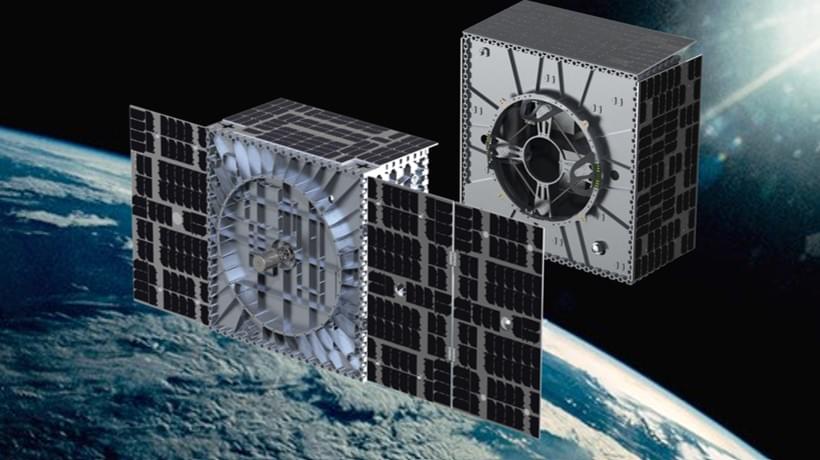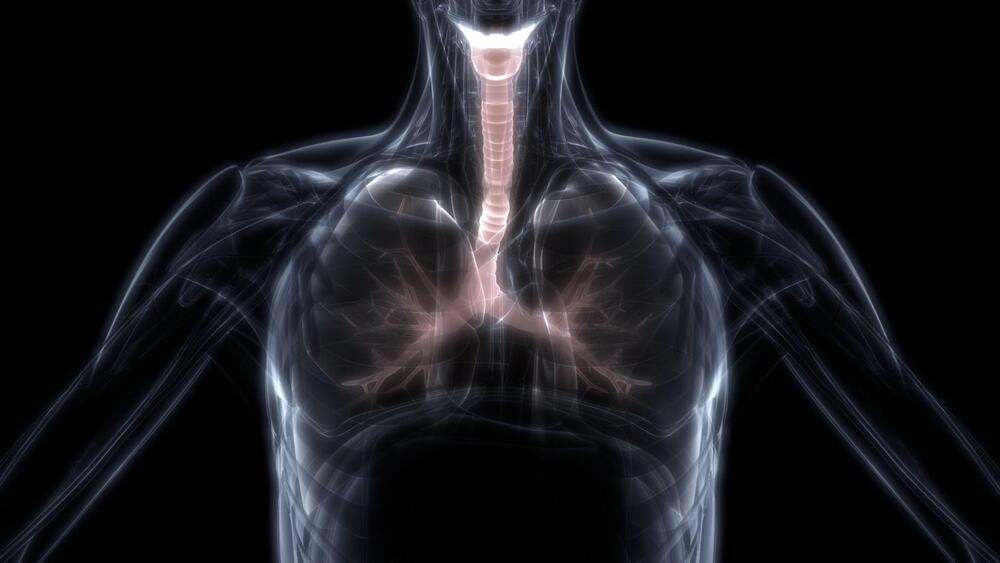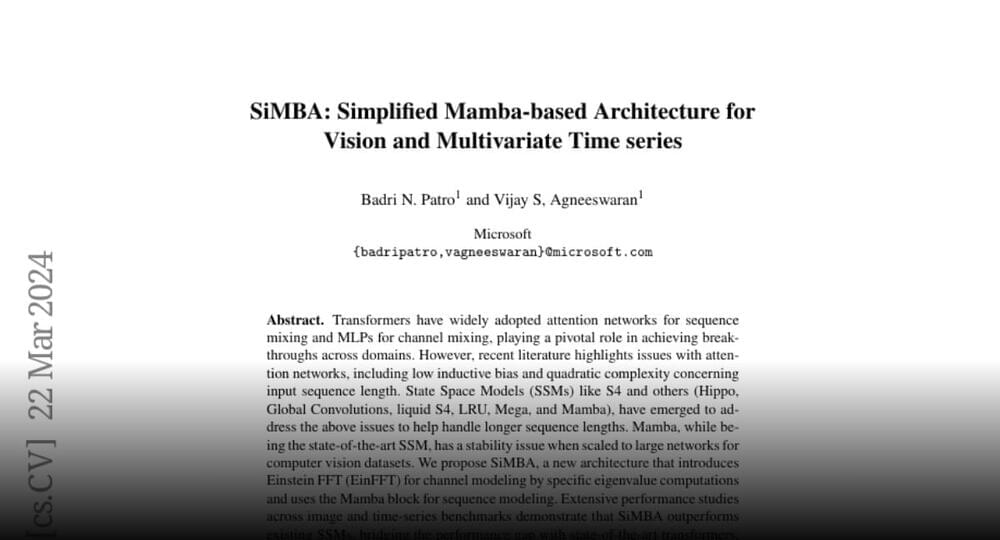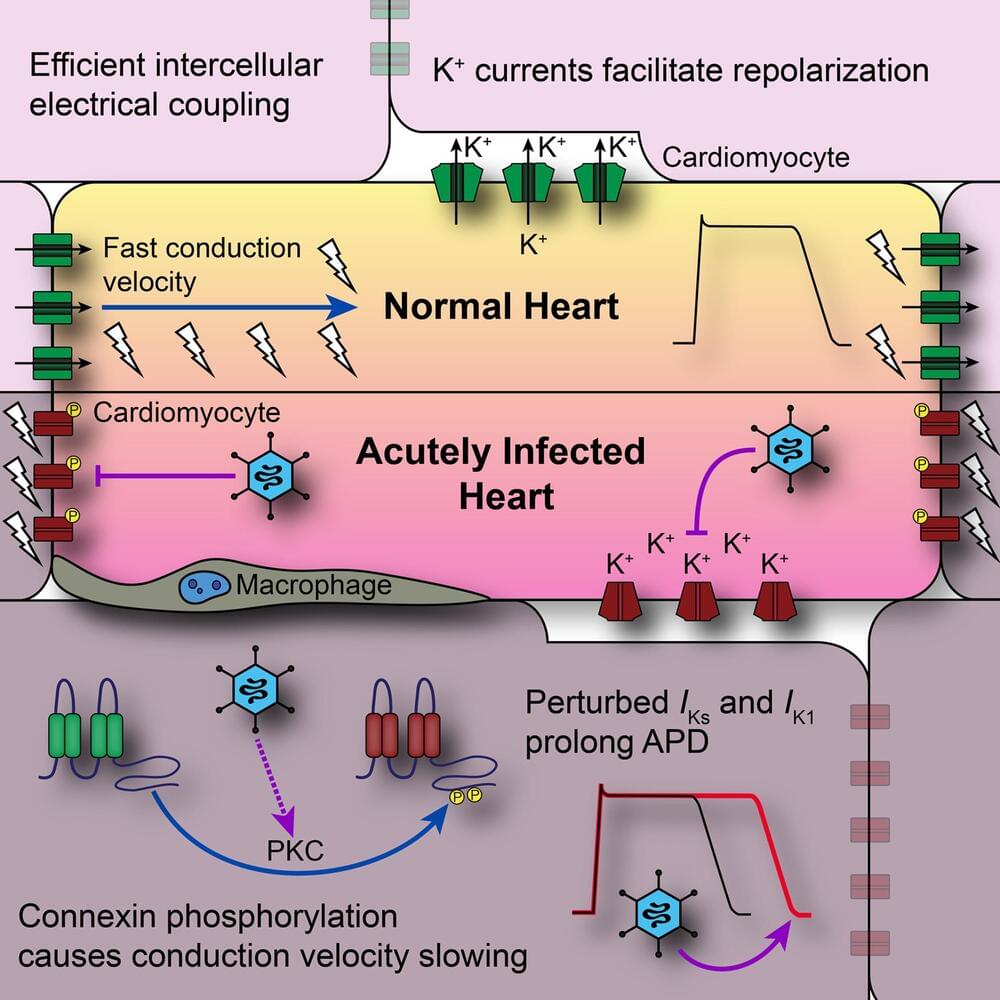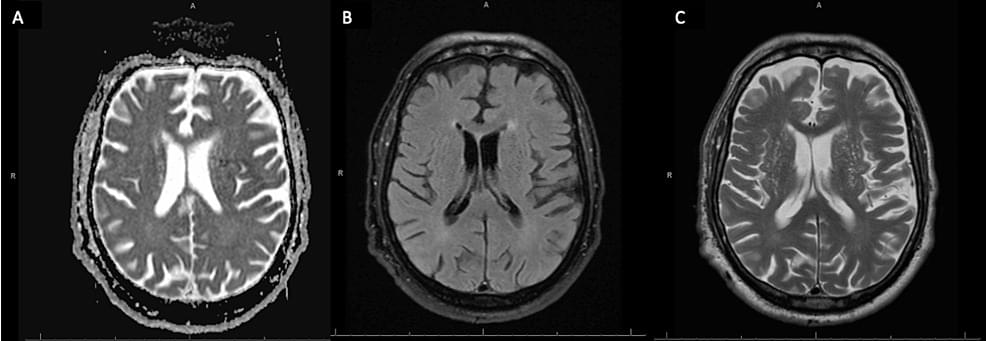Tests aim to see if AI models can determine when you’re speaking to your phone without needing a trigger phrase.
The company has faced two main issues related to communications and the spacecraft rotation rate — and it’s largely solved both those problems.
So what happens if you combine reading glasses with sunglasses and put a chip in that so discretely that nobody can even tell?
That’s what Deep Optics has done with its latest 32°N-branded Muir sunglasses that I’ve been testing for the last few weeks. A swipe on the frame sends an electrical signal to the two liquid crystal lenses to change the state of millions of tiny pixels so that close objects come into focus.
As such, these 32 Degrees North specs eliminate the need to carry (and lose) both reading glasses and sunglasses — at least, that’s the promise made in exchange for $849 of your hard-earned money.
AI technology developed by Johns Hopkins University to detect COVID-19 in lung ultrasound images, revolutionizing medical diagnostics.
Researchers develop skyrmion-based microelectronic device for sustainable, high-performance AI computing with energy-efficient technology.
DoorDash and Wing (an Alphabet company) have announced their first joint drone delivery service in the United States. Targeted at select customers in Christiansburg, Virginia, eligible DoorDash orders from Wendy’s can now be delivered via Wing drone.
Wendy’s orders will be delivered using a Wing drone, which can travel up to 65 mph. Upon reaching its destination, the drone will lower the order to the doorstep using a tether.
SiMBA
Simplified Mamba-Based Architecture for Vision and Multivariate Time series.
Transformers have widely adopted attention networks for sequence mixing and MLPs for channel mixing, playing a pivotal role in achieving breakthroughs across domains.
Join the discussion on this paper page.
In a potentially game-changing development, scientists with the Fralin Biomedical Research Institute at VTC have revealed a new understanding of sometimes fatal viral infections that affect the heart.
Traditionally, the focus has been on heart inflammation known as myocarditis, which is often triggered by the body’s immune response to a viral infection.
However, a new study led by James Smyth, associate professor at the Fralin Biomedical Research Institute, sheds new light on this notion, revealing that the virus itself creates potentially dangerous conditions in the heart before inflammation sets in.
This post is also available in:  עברית (Hebrew)
עברית (Hebrew)
Recent advancements in artificial intelligence make it increasingly harder to detect deepfake voices, and the solution might actually come from AI itself.
Scientists at Klick Labs were inspired by their clinical studies using vocal biomarkers to help enhance health outcomes and created an audio deepfake detection method that taps into signs of life like breathing patterns and micropauses in speech.
Diving into the complexities of Seronegative Autoimmune Encephalitis — a journey through diagnostic hurdles and treatment paths. Discover more: 👉 https://bit.ly/3TwTulh ✨
Seronegative autoimmune encephalitis (AE) is a rare, immune-mediated inflammatory syndrome that presents with a wide spectrum of neuropsychiatric symptoms, such as cognitive impairment, seizures, psychosis, focal neurological defects, and altered consciousness. This disease process presents with no identifiable autoimmune antibodies, which leads to uncertain diagnosis, delayed treatment, and prolonged hospital admissions. Early diagnosis and prompt treatment of AE should not be delayed, as early recognition and treatment leads to improved outcomes and disease reversibility for these patients. In this study, we present a case report of a 77-year-old male who presented with acutely altered mental status. This patient underwent an extensive workup and demonstrated no signs of clinical improvement throughout a prolonged hospital admission.

